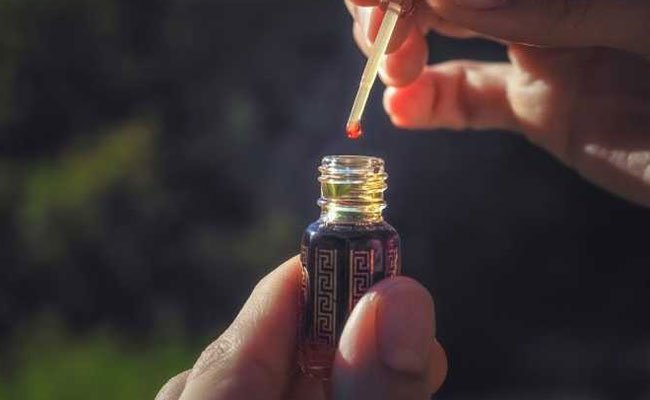Unveiling the Essence of Attar: An Aromatic Journey

In the world of fragrances, attar stands as a time-honored treasure revered for its captivating aromas and rich cultural heritage. Originating from ancient times, attar has evolved into a cherished form of perfume that continues to enchant both connoisseurs and casual fragrance enthusiasts alike. In this article, we delve into the fascinating world of attar, exploring its origins, production process, and enduring allure.
The Essence of Attar
Attar, also known as ittar or itr, is a type of natural perfume derived from botanical sources. It is crafted through the extraction of aromatic compounds from flowers, woods, herbs, and other plant materials. The term “attar” finds its roots in the Arabic word “itr,” which means fragrance or essence. It reflects the essence of the natural ingredients from which it is created, capturing their distinctive scents and qualities.
Historical Significance
The art of attar-making dates back centuries, with its roots tracing back to ancient civilizations in the Middle East and South Asia. The process of extracting attar was refined and perfected by skilled artisans, known as attarwalas, who meticulously blended and distilled fragrant ingredients to create unique compositions. Attars were highly prized in ancient courts and were often associated with luxury, beauty, and spiritual practices.
Production Process
The production of attar involves a delicate and intricate process that requires expertise, patience, and attention to detail. The traditional method of extraction is known as hydro-distillation. The petals, woods, or other aromatic parts of the plants are immersed in water and then subjected to gentle heat. The steam carries the volatile aromatic compounds, which are then condensed to obtain the attar.
The most renowned attars are extracted from exquisite flowers such as roses, jasmine, and sandalwood. However, a wide variety of other botanical sources, including oud (agarwood), saffron, musk, and spices, are also used to create distinct attars, each with its own character and olfactory profile.
Attar as an Art Form
What sets attar apart from other perfumes is the intricate blending of natural ingredients. Master perfumers skillfully combine various essential oils and extracts, carefully balancing their notes to create harmonious compositions. The resulting attars boast complex layers of fragrances, often described as deep, long-lasting, and captivating. Each attar is unique, reflecting the creativity and artistic expression of the perfumer.
Cultural Significance
Attar holds great cultural significance in many regions around the world. In India, attar has been used for centuries in traditional medicine, Ayurveda, and spiritual practices. It is believed to have therapeutic properties and is used for its calming and uplifting effects. Similarly, attar holds a special place in Middle Eastern cultures, where it is treasured as an integral part of rituals and celebrations.
Modern Appeal and Sustainability
In recent years, attar has experienced a resurgence in popularity as more people seek natural and sustainable alternatives to synthetic perfumes. Attars are often preferred by those with sensitivities to chemical fragrances, as they are derived from natural sources and free from synthetic additives. Furthermore, the sustainable nature of attar production, which relies on renewable botanical resources, aligns with the growing demand for eco-friendly and ethical products.
Conclusion
Attar is an olfactory masterpiece that weaves together tradition, artistry, and nature’s bounty. With its enchanting aromas, deep cultural roots, and sustainable appeal, attar continues to captivate and inspire fragrance enthusiasts worldwide. Whether it is the delicate scent of rose attar or the rich aroma of sandalwood attar, each essence tells a unique story, inviting us to embark on a sensory journey that connects us to ancient traditions and the beauty of the natural world.

